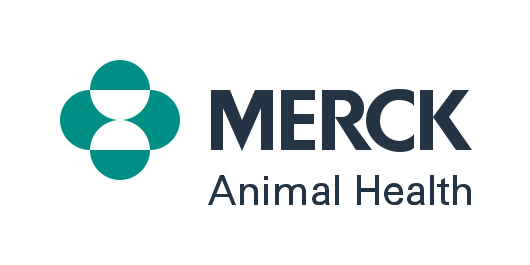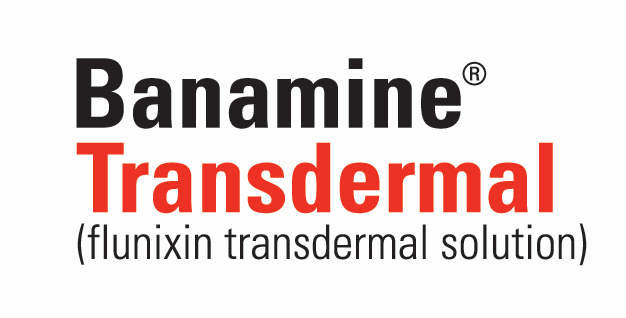Helping you meet the challenges of today with the innovations of tomorrow.
Not only do we understand the industry, we’ve got a passion for it. Because we live it. That’s why the support we provide goes far beyond products. When it comes to our products, integrity lives at the forefront. We’ll always be transparent in our practices, pricing and marketing.
Cow-Calf & Stocker
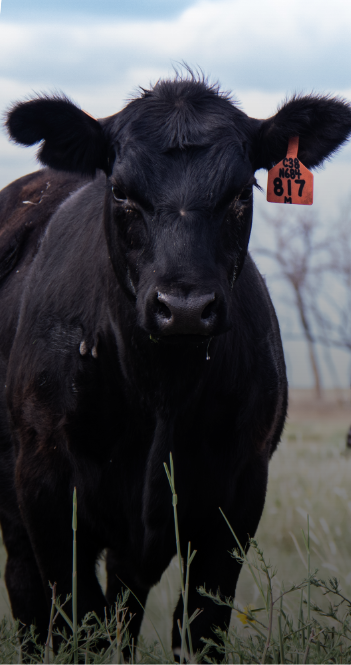
Feedlot
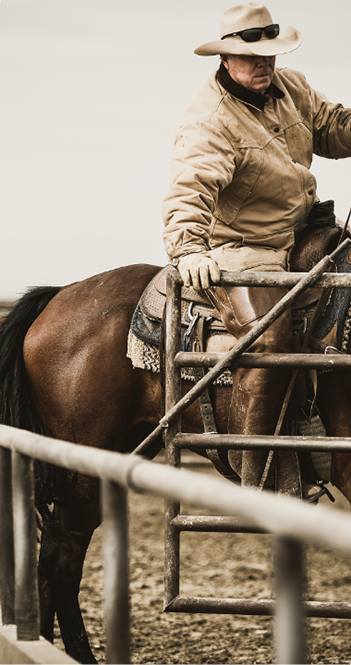
Dairy
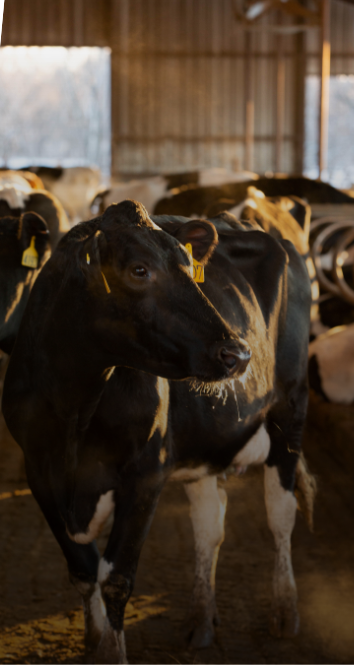
Veterinarian

Cattle News

Sign up to receive cattle health management insights, industry news and more sent straight to your inbox.
